GRP Pipe Applications and Use Cases Across Industries
Did you know your next piping project may last at least a century without maintenance? In today’s industrial landscape, engineers seek consistent, cost-effective, and advanced materials to meet their constructive demands. Glass-reinforced plastic (GRP) pipes combine a polymer matrix with glass fibers through methods like filament winding. The results include a corrosive-resistant, long-lasting, and lightweight product.
GRP pipes are used as transportation tools for sewage systems, cooling systems, marine and offshore facilities, and industrial uses. They can tolerate high pressure and are resistant to corrosion and UV which make them perfect for above-ground projects like irrigation and trenchless piping methods.
Otherwise, its global market is growing due to these properties. This article will provide you with key applications and real-world cases of GRP pipes.
Primary Applications of GRP Pipes
Grp pipes play crucial roles across industrial space for diverse water systems or chemical aims. GRP pipes are more likely to arm engineers in fluid transports. Here are six major applications of GRP pipes:
Municipal Water & Sewer Systems
GRP pipes stand out in city water and sewer systems because of their resistance to high-pressure and corrosive conditions.
- Wastewater Collection: One of the most common sewer system issues is hydrogen sulfide gas corrosion, which GRP pipes may solve in gravity and pressure systems and elavate lifetime.
- Potable Water Transmission: Due to avoidance causing biofilm formation and internal corrosion in aggressive soils or water, GRP pipes can transport drinking water safely and cleanly.
As they include standards like AWWA C950 (Source) and ISO 10639, they are top choices for portable water systems.
- Stormwater Drainage: Runoff may ruin the material in this application type, and they tolerate harsh chemical environments. Also, it’s used for flood control in coastal areas due to its resistance to high pressures.
- Pumping Station Piping: Pumping stations must transport water to elevated sites or uphill through high-pressure operations.
Industrial Applications
As a part of GRP pipes applications, industrial usage isn’t just about chemical material transportation, but also it includes chemical processing, paper and textile industry, food and beverage systems.
- Chemical Processing and Aggressive Fluid Transport: The chemical resistance of GRP pipes in chemical industry plants can transport corrosive materials without degradation.
- Slurry Handling in Mining & Mineral Processing: Through the mine dewatering systems and cost-efficiency properties of GRP pipes, they are highly recommended for designing complex fluid systems.
- Paper, Textile, And Food Processing Effluent Systems: Smoothness of internal surface in GRP pipes helps delivering high-quality and hygienic F&B products or acids in paper sector at high temperatures.
Marine and Offshore
The usage of GRP pipes in marine and offshore equipment is undeniable. Here are three central applications in this field:
- Seawater Intake/Outfall Systems: GRP pipes tolerate high flow, high pressure, and high velocity. GRP pipes can transport seawater considering these properties for the next processes like desalination.
- Desalination Plant Piping: GRP pipes are used throughout the desalination process, whether distribution of seawater or brined and purified water to the next levels.
- Shipboard Non-Critical Systems: Unlike past tenses when metallic piping was the only choice, nowadays GRP pipes contain lightweight, corrosion-free, shock performance, flexible and resistant concepts and ease the operations.
Power Generation Facilities
Another interesting application of GRP pipes is surrounded by cooling pipes that are fast and throw away dirty water from the process! Dive into these three GRP pipes usage:
- Cooling Water Systems: GRP pipes are used in cooling towers and carry salty water to cool the plants, including resistance to corrosion or other damages, low cost of maintenance.
- Firefighting Water systems: GRP pipes are designed to handle the required velocity and pressure. While as noted in Consulting Specifying Engineer Magazine, safety factors like NFPA 20 are received for these pipes.
- Blowdown and Service Water Pipelines: The role of GRP pipes in this area is to carry away whatever hot or impurified water from equipment while energy remains through these pipes.
Agriculture and Aquaculture
In this section we’ll dive into the ocean of water and soil, where fishes are looking for more oxygen and plants’ roots are seeking for nutrition.
- Fish farming: Aquaculture systems include waste disposal and circulation. GRP pipes are used in recirculating aquaculture systems due to their resistance to corrosion.
- Irrigation Channels and Pipelines: GRP pipes shine in irrigation systems (sprinkler, drip, or surface) for transporting water to crops.
In drip method, GRP pipes send water through the drop-by-drop method.
- Rural Water Distribution: For transportation of water from rivers or wells, GRP pipes are the perfect option for corrosion-free, and lightweight requirements.
Infrastructure Renewal
For renewing old and frustrated pipes, mostly metallic pipes, there are two major methods to replace GRP pipes:
- Slip-lining of Deteriorated Metal/Concrete Pipelines: In this case, smaller GRP pipes go into the existing and damage the metal pipeline. The gap between these two is filled with grout.
- Trenchless Installations for Urban Environments: According to SEKISUI SPR the trenchless method doesn’t need to dig and decrease its costs. GRP pipes in this method are mainly used for beneath parks, busy streets, or buildings.
Classification Of GRP Pipes’ Advantages by Application
Glass Reinforced Plastic (GRP) pipes, also known as Fiberglass Reinforced Plastic (FRP) or Glass Reinforced Epoxy (GRE), contain various properties, including corrosion and chemical resistance, lightweight, UV and weather resistance, and long lifespan with minimal maintenance.
In this section, we’re providing you with such categorized advantages and end it up with a comparative table.
Corrosion and Chemical Resistance
Unlike metal or concrete, GRP pipes are resistant and do not degrade to corrosion or chemical conditions of seawater, sewage, and acidic materials.
- In sewage systems, this property will decrease costs compared with DI pipes by 40% and last for at least 50-100 years.
- In desalination plants where salty seawater is flowing all around, a corrosive-resistant pipe will be needed, as GRP pipes show an excellent function.
- When it’s about chemical plants and power generation equipment that are encountered with acidic environments like sulfuric acid, GRP pipes with free-corrosion properties come up.
Lightweight Construction
Compared to steel or concrete pipes, GRP pipes weigh too lighter, which can ease transportation and installation processes in places where we face digging or timing issues.
- In urban areas, using GRP pipes for sewer systems operation will decrease installation costs while taking less time.
- For irrigation systems in which lightweight pipes are required, GRP pipes reduce the cost of installation in large-scale farms.
Low Friction Losses
As we discussed before, boost of velocity is gained by smoothness of GRP Pipes’ inner surface. Moreover, it can speed up the flow of water and lower the need of extra pressure.
- GRP increases the speed of irrigation and its efficiency, while saving thousands of dollars each year just in energy costs.
- In cooling systems and cooling towers, this characteristic will save pumping energy and boost flow speed as well.
UV and Weather Resistance
GRP pipes stand out when the sun glows! What does it mean?! They usually can stand at high or low temperatures which is a good opportunity for above-ground piping projects.
- In urban areas, using GRP pipes for sewer systems operation will decrease installation costs while taking less time.
- For irrigation systems in which lightweight pipes are required, GRP pipes reduce the cost of installation in large-scale farms.
| Application | Corrosion/Chemical Resistance | Lightweight | Lifespan and Maintenance | Key Performance Impact |
|---|---|---|---|---|
| Municipal Water and Sewer | Resists H₂S and acidic soils, preventing pipe failure | Cuts installation costs by 30% in urban areas | 100-year life reduces replacements by 70% | Improved system reliability, lower energy costs |
| Industrial Applications | Handles acids/alkalis, ensuring safe chemical transport | Simplifies installation in tight plant spaces, saving 20% on labor | 40% less downtime with zero maintenance for a decade | Reduced operational interruptions, safer processes |
| Power Generation | Resists saline water and FGD slurries, cutting downtime by 30% | Reduces cooling system installation costs by 25% | 50+ year life saves 20% on lifecycle costs | Enhanced plant efficiency, lower maintenance |
| Marine and offshore | Withstands seawater corrosion, ensuring leak-free systems | Eases installation on offshore platforms, saving 30% | 75-year life saves 40% on repairs | Reliable marine operations, environmental safety |
| Agriculture and Irrigation | Resists fertilizer corrosion, boosting system durability | Saves 25% on transport/installation in remote farms | 35% maintenance savings, supports 10–20% yield gains | Higher crop yields, water conservation |
| Infrastructure Renewal | Restores corroded pipes, extending life by 100 years | Reduces urban disruption by 90% in slip-lining | 98% success rate, 60% cost savings | Minimal disruption, sustainable renewal |
Sector-Specific Case Studies: Real-World GRP Pipe Applications
Warsaw, Poland (2019): GRP pipes were replaced to an old sewer network in Natolin, Grochów, to ease and decrease the maintenance issues. Also, trenchless installation and corrosive-resistance of GRP helped them to finish the project possibly quickly.
Jabal Ali, UAE (2022): For a desalination plant, GRP pipes are used due to corrosion resistance and long lifespan to last at least 75 years, saline water and deliver the purified water. This choice minimized their maintenance costs compared to steel.
Selection Criteria: When to Choose GRP Pipes
Glass Reinforced Plastic (GRP) pipes are used in infrastructure projects. Due to their top-notch characteristics, they count as a game-changer compared to other materials like steel concrete, or ductile iron.
Environmental Conditions
If you’re looking for a pipeline for your project where weather changing, corrosion, and chemical materials exist, you should definitely go for GRP pipes. They can handle these conditions and decrease the costs. select GRP pipes for shipboard piping, chemical processing, and cooling systems.
Pressure and Load Requirements
GRP pipes are designed to tolerate high pressures and loads. Due to its high strength and lightweight properties compared to steel pipes, they are more likely to be used in sewage systems and microtunneling applications.
Installation Constraints
As GRP pipes are light weighted, (compared to steel (1/6th) or concrete (1/10th)) can ease methods as trenchless or decrease the total costs as well. Due to their flexibility, they are used in microtunneling and projects with space-limited issues.
Lifecycle and Cost-Benefit Analysis
Long lifespan and low maintenance costs make GRP pipes the first choice of engineers who seek materials that last for centuries. GRP pipes are corrosive-resistant and UV-resistant which both affect durability.
Final Thought
After all, we’ve got here. GRP pipes aren’t just a material, they play the main role of water systems. Engineers could solve their problems with short-term piping like steel due to corrosion by replacing GRP. From understanding each application vividly to categorizing their advantages by application. Also, we explored real-world case studies and learned when the right pipeline choice is.
FAQs
1- What are GRP pipes made of?
GRP pipes are made of combination of glass fibers in resin matrix (polyester, vinylester, or epoxy) through different processes like filament winding or centrifugal casting
2- How do GRP pipes compare to steel or concrete?
GRP is corrosion and UV resistant and lighter than steel or concrete. It may last for a century and has low maintenance costs, while steel pipes should be repaired continuously.
3- Which industries benefit most from GRP pipes?
Hard to say if municipal water and sewage systems, industrial, cooling systems, agriculture or aquaculture benefit from them.

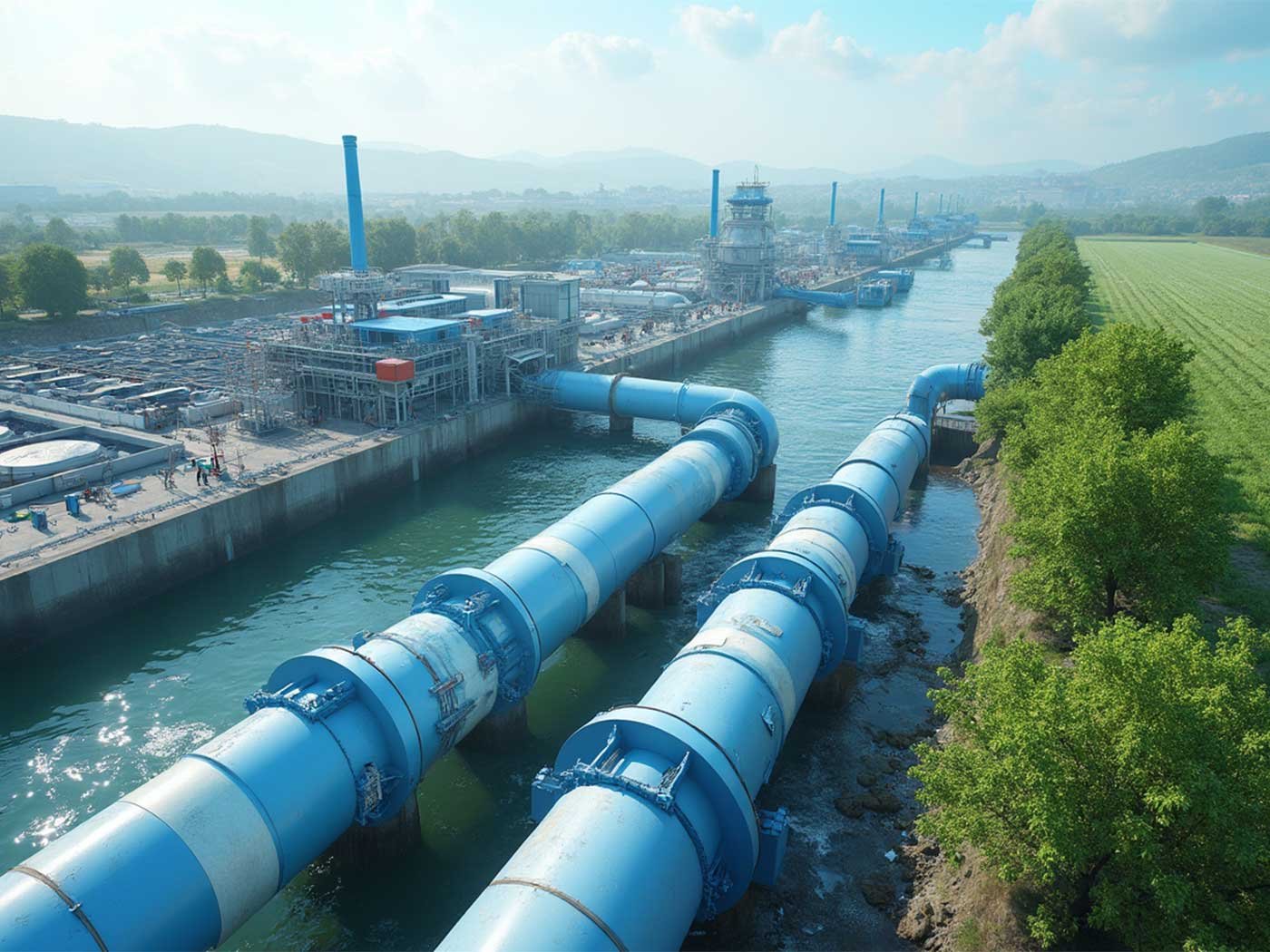
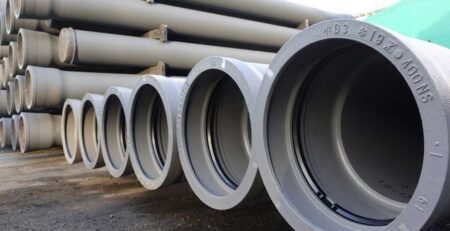
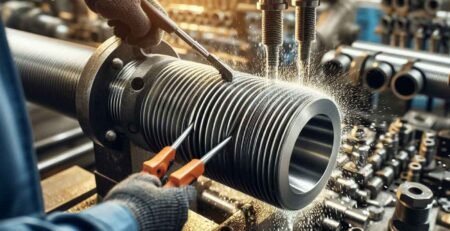

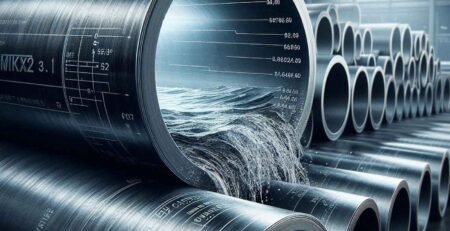
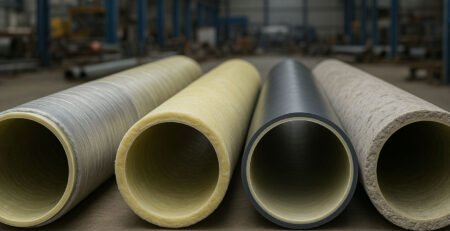
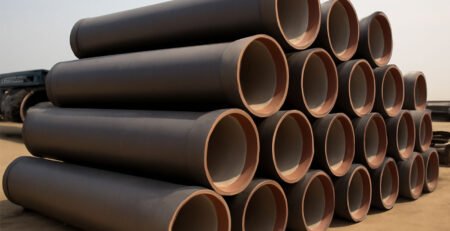
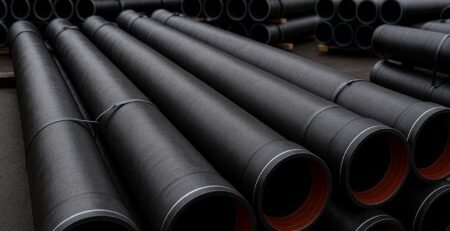
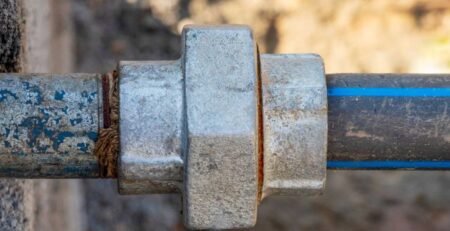
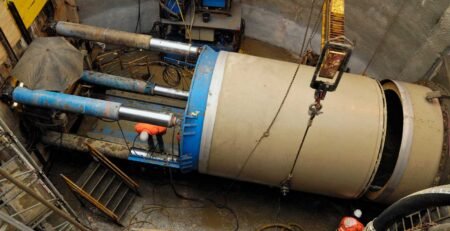
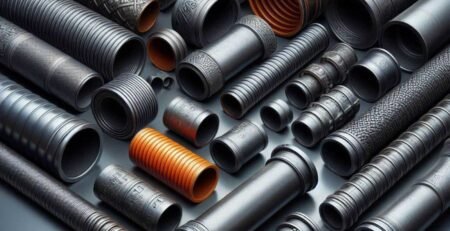
Leave a Reply